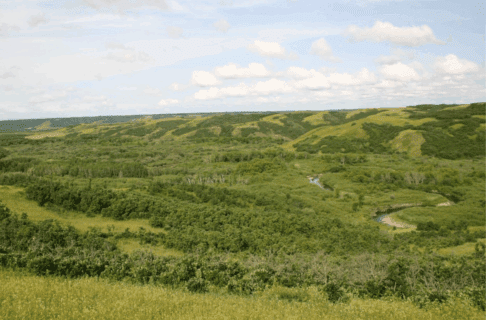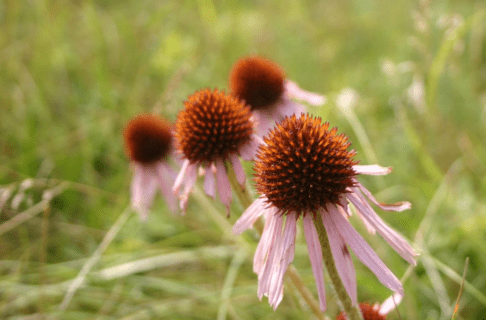Posted on: Tuesday February 12, 2019
I personally feel a little sorry for plants. When plants want to have sex they can’t just go to a bar to meet someone; they are stuck in the ground. So what’s an amorous plant to do?
For most of the earth’s history plants lived in water. When they wanted to have sex they just released their sperm into the ocean where it would swim around for a while before fertilizing some eggs. Pretty simple. But as the oceans got crowded some plants looked with envy at the land, where there was plenty of room to grow and plenty of sunlight for photosynthesis. So about 470 million years ago (mya) in the Ordovician period, some enterprising young plants decided to head for the hills. These plants were mosses, ferns, club-mosses and horsetails.
What most people don’t know about these plants is that they still need water to have sex. For that reason they are actually the botanical equivalent of amphibians. They can live on land but they still need water for reproduction. During wet times of the year, these plants release tiny sperm into the environment that swim through the water on the forest floor to fertilize the eggs of another plant.
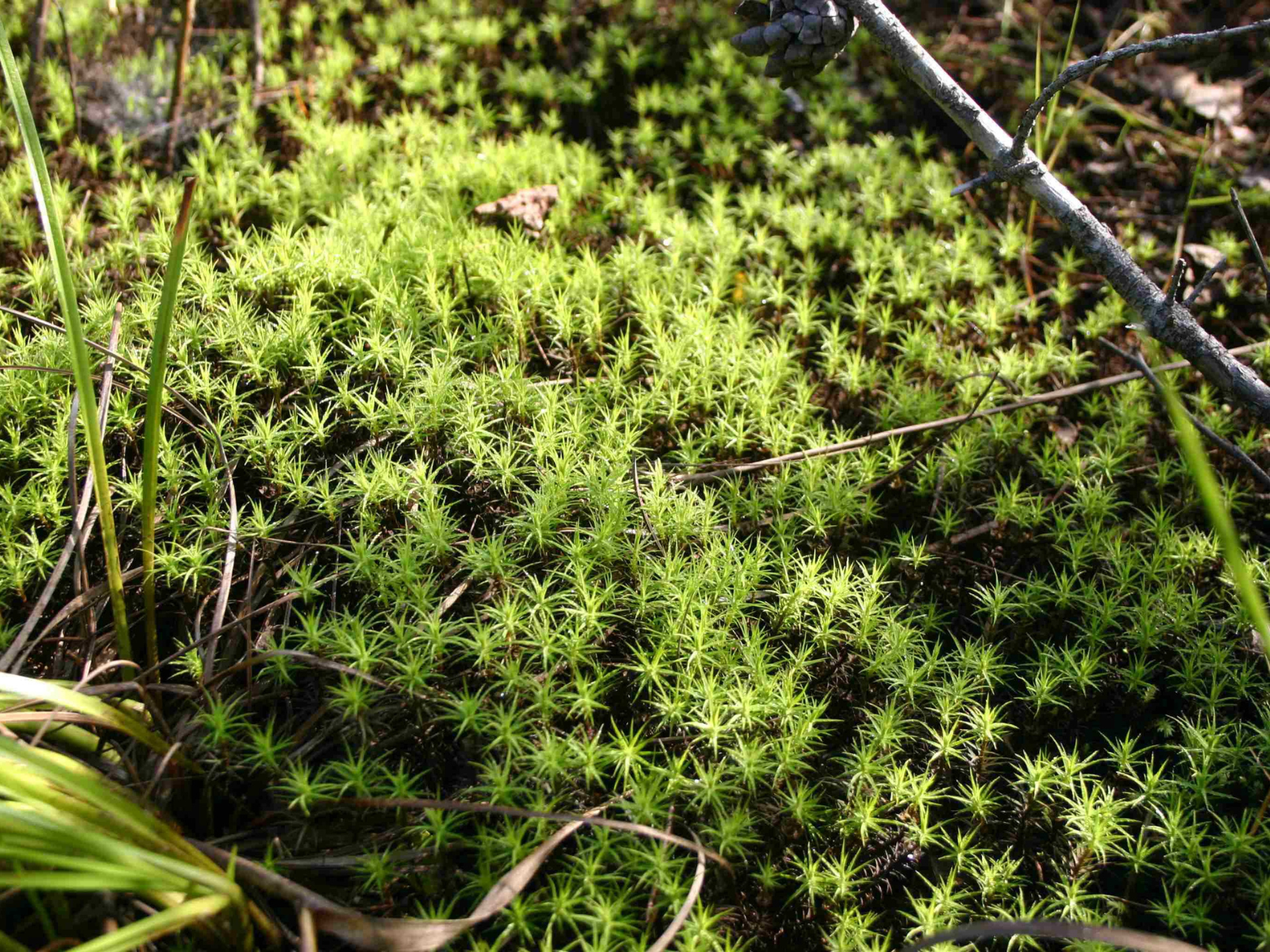
Mosses still need water to successfully reproduce.
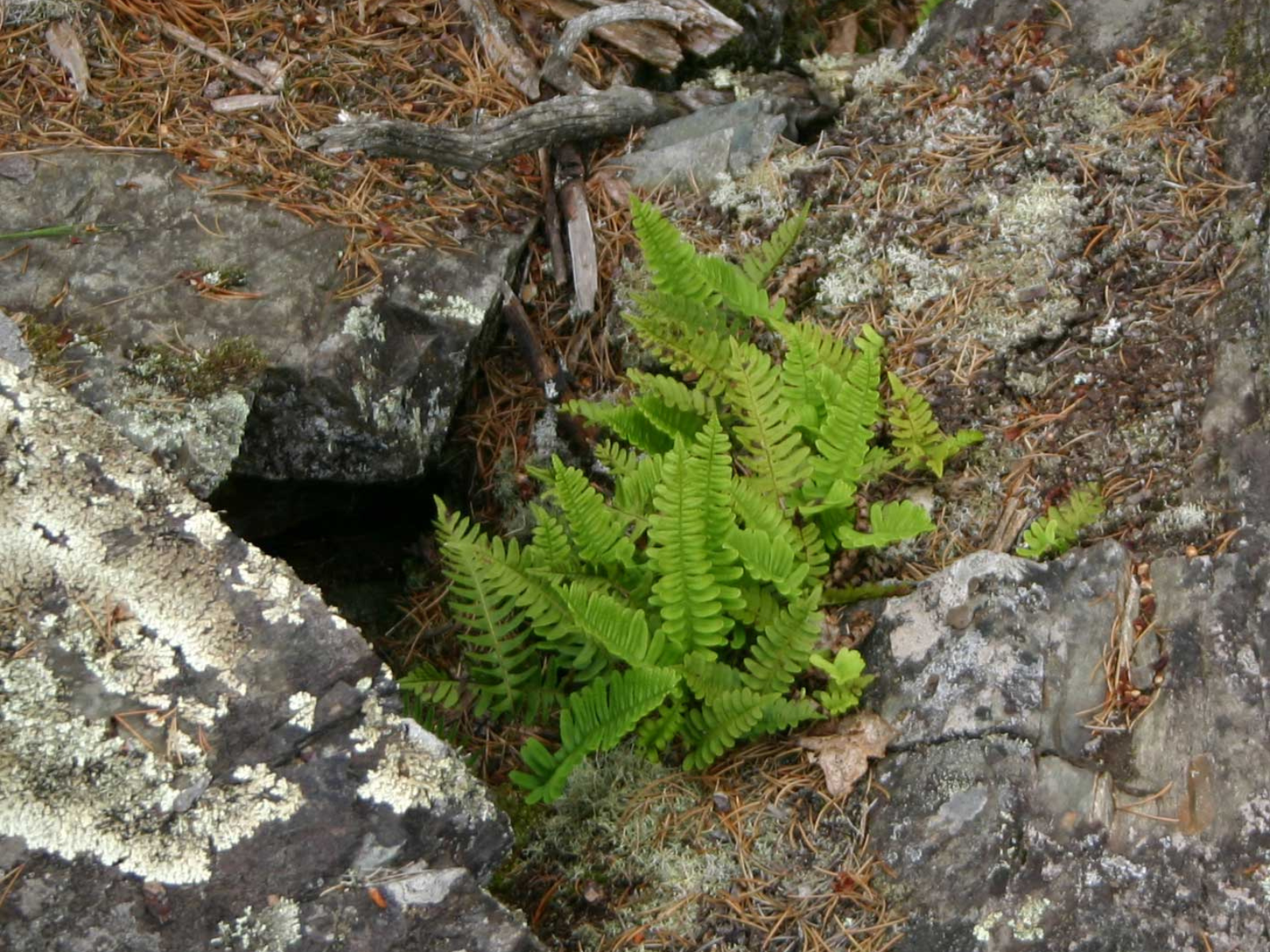
The sperm of ferns like this rock polypody (Polypodium virginianum) need to swim through water to fertilize another plants’ eggs.
For about 80 million years all the plants on land still needed water to complete their life cycles. But it started to get a little crowded in the swamp. Fortunately, there was still a lot of land available where no plants grew. The only problem was, it was too dry. About 390 mya in the mid Devonian some plants looked to the skies for inspiration and noticed something interesting: wind.
A few adventurous species decided to release their sperm into the air all wrapped up in a water-tight, yet aerodynamic little package, kind of like a tiny ping pong ball. This structure is called pollen and the first plants to make pollen were the gymnosperms, better known as conifers or evergreen trees. Gymnosperms are the botanical equivalent of reptiles, which were the first animals to no longer need water for reproduction.
About 125 mya yet another group of plants evolved and they had a distinct advantage over the gymnosperms: they could reproduce a lot faster. Gymnosperm reproduction takes a long time: about 15 months for most species to produce a ripe seed. In contrast, some flowering plants can complete their life cycle in a just a couple of months. The very first flowering plants also used wind for reproduction.
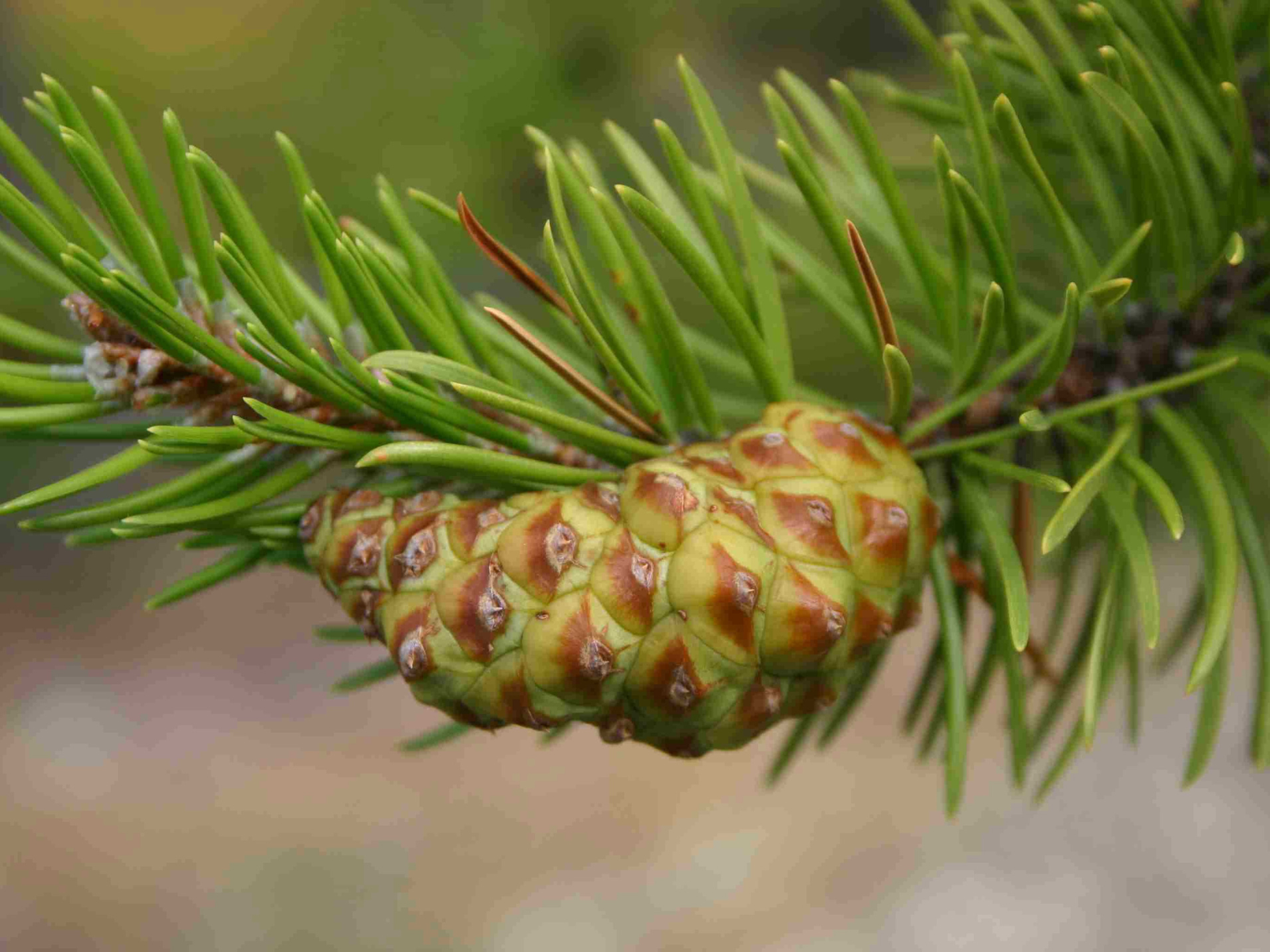
This female Jack pine (Pinus banksiana) cone has been fertilized by wind-blown pollen and is ripening its seeds.
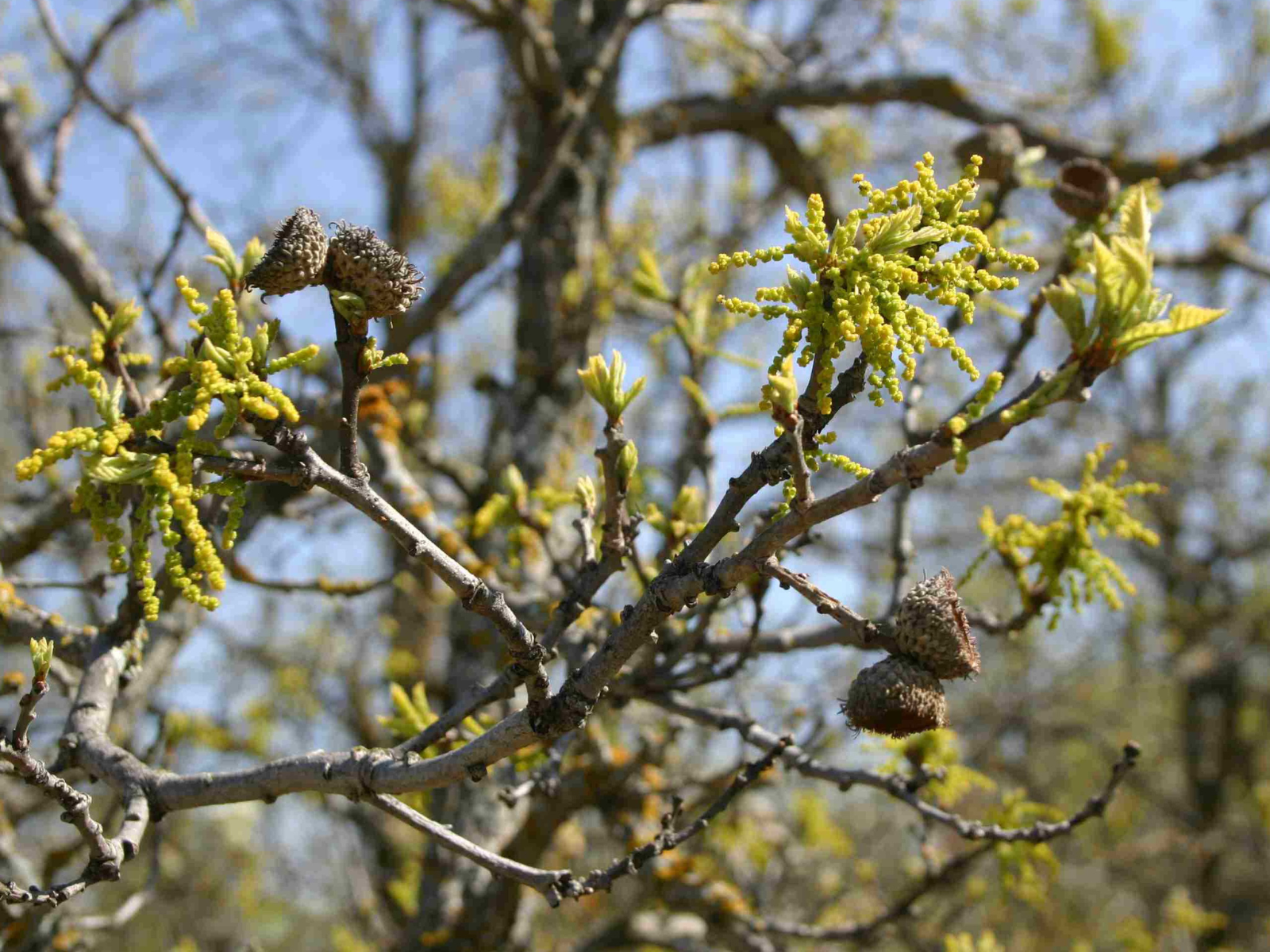
Bur oaks (Quercus macrocarpa) are flowering plants that use the wind to disperse their pollen in spring before the leaves unfold.
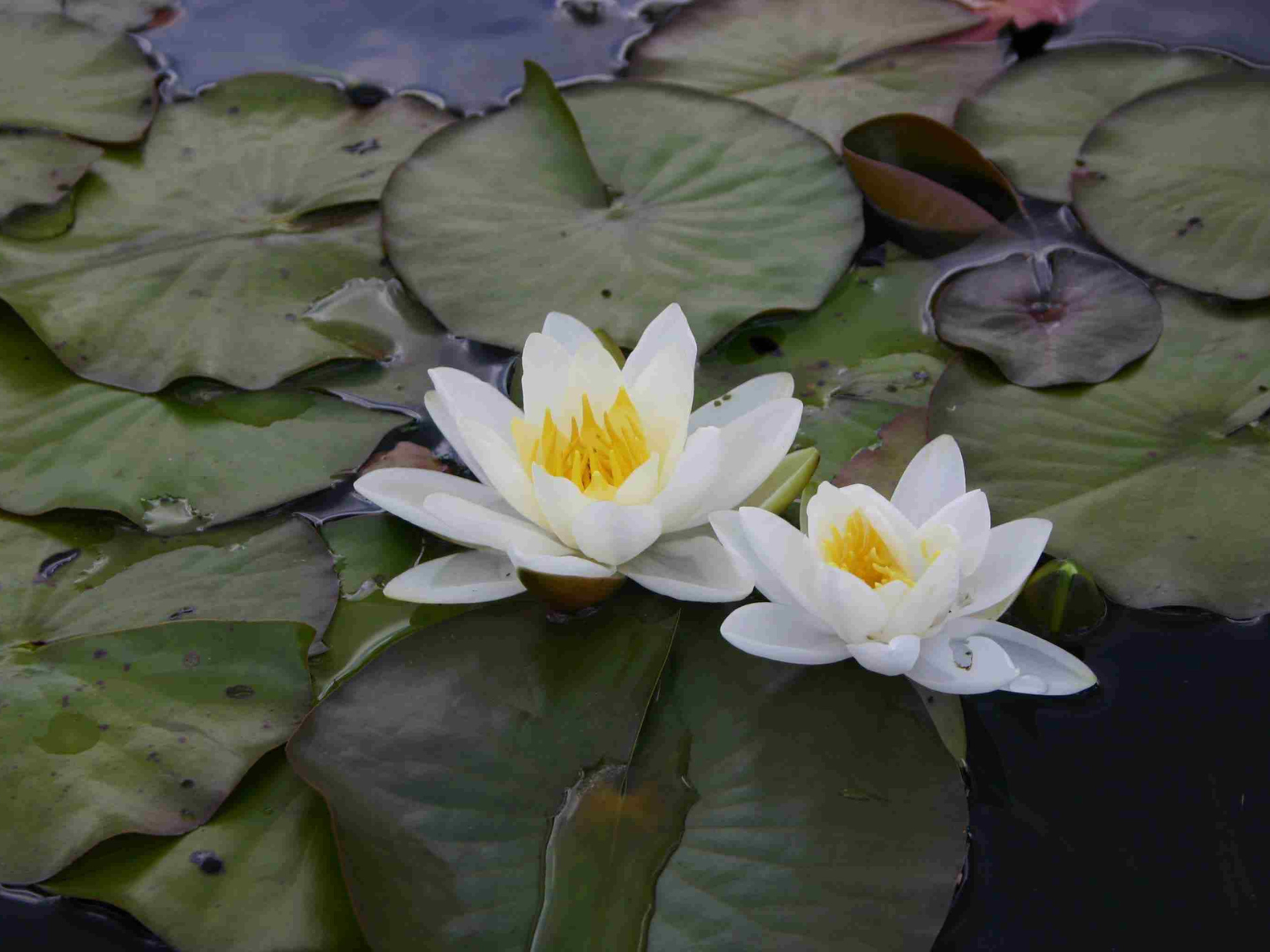
Wind pollination is fine and dandy but it can be fairly wasteful; most of the pollen produced just lands on the dirt and dies. Then about 100 mya an enterprising group of insects saw an untapped market for their services; they would open a plant dating service for all those lonely trees–let’s call it “Timber”. In exchange for a few grains of pollen, which probably would have died anyway, the insect would move pollen from one flower to another. It was a win-win situation! Eventually, some plants started producing a sweet beverage called nectar to “pay” the insects in order to reduce pollen losses even further. Wasps and beetles were some of the very first insect pollinators.
As with most businesses, sometimes the employees don’t get along. Although wasps drink nectar from plants, they also eat meat, mainly in the larval stage. Now, one group of wasps found that they preferred a strictly vegetarian diet. They decided to split from their colleagues at “Timber” and form their own dating service; let’s call it “Bumble…bee”.
Water-lilies (Nymphaea odorata) were some of the first insect-pollinated plants to evolve.
Bees are wasps’ vegan cousins and because they rely exclusively on plant nectar and pollen to survive, they are among the most faithful and effective pollinators in the world. In Manitoba over half of all pollinator visits in the prairies and parklands are performed by bees. It is because bees are such good pollinators that scientists have been so worried about declining bee populations. Although we don’t always notice pollinators, they fertilize about 87.5% of the worlds’ flowering plants (Ollerton et al. 2011) so the loss of our planet’s pollinators would truly be a disaster.
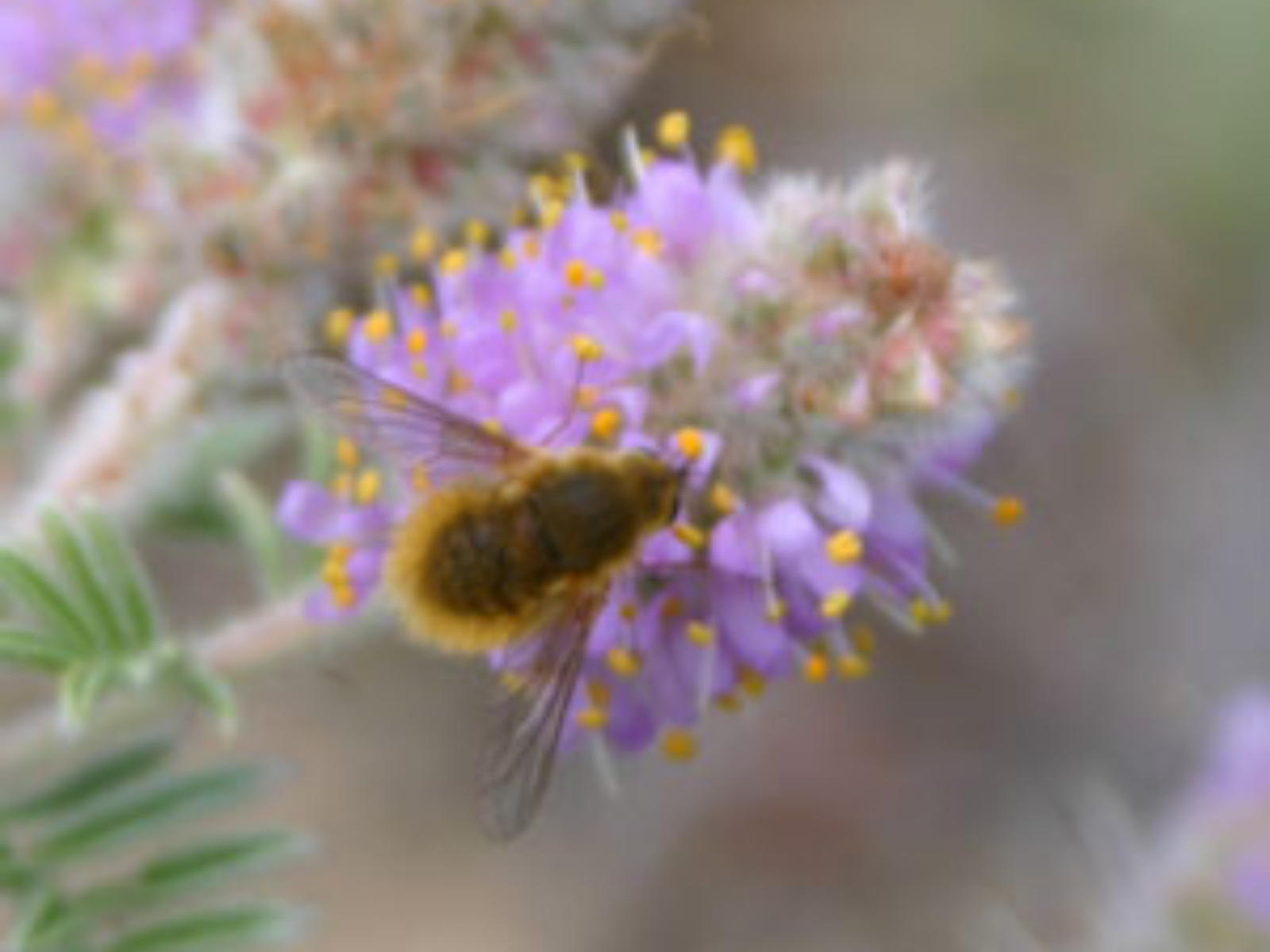
Bee flies (Systoechus vulgaris) look like pussy willows due to their fuzzy bodies.
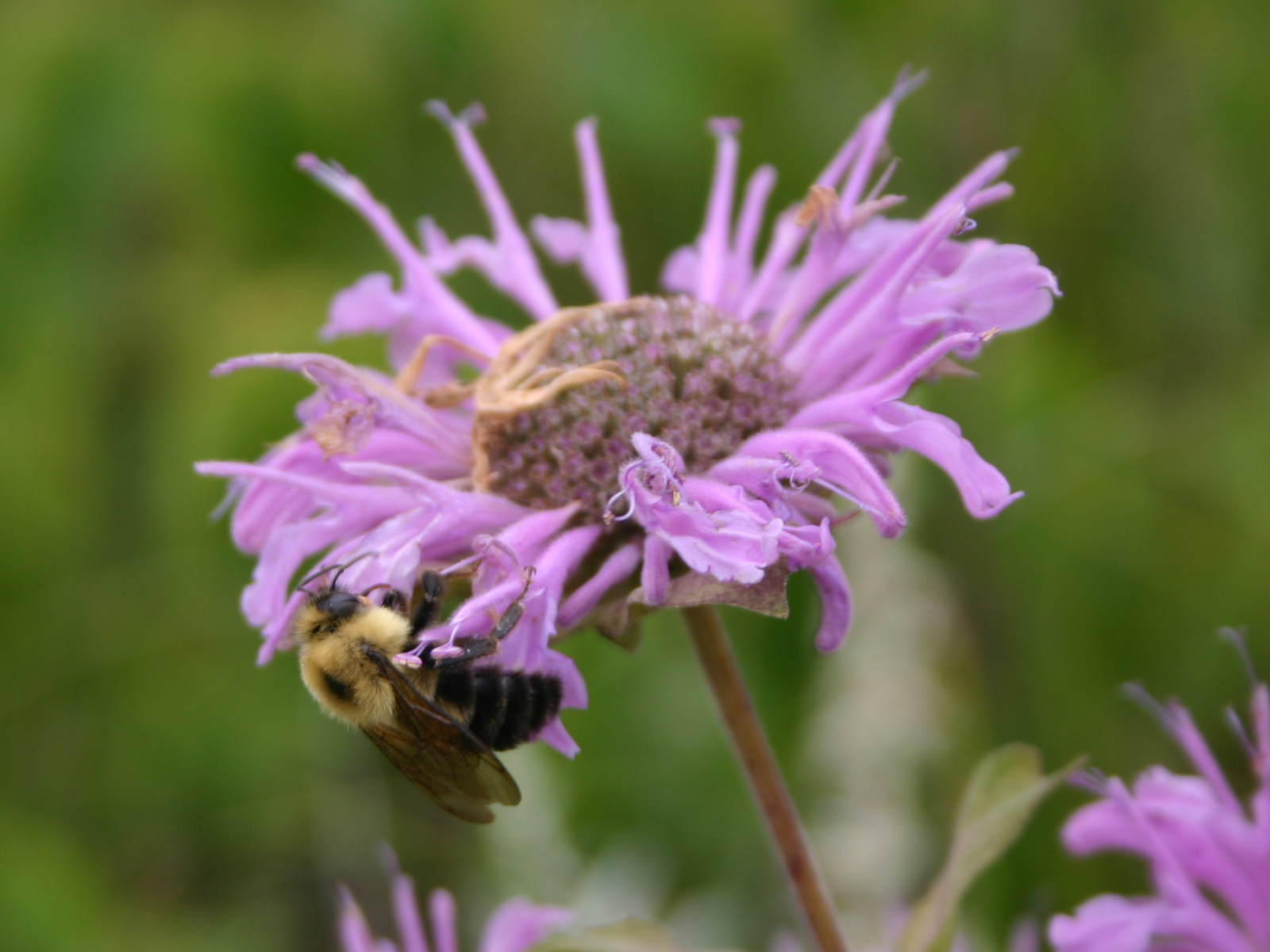
Bumblebees (Bombus spp.) are some of the most active pollinators in Manitoba, shown here on a wild bergamot (Monarda fistulosa) plant.
If you think your sex life is complicated, you don’t have anything on plants. Some plants have separate males and females just like people (e.g. buffalograss (Buchloe dactyloides), salt grass (Distichlis stricta), willows (Salix spp.), Manitoba maples (Acer negundo), etc.). But some of these plants, like sweet gale (Myrica gale), can switch their sexual orientation from year to year; female one year, male the next. Most plants are hermaphrodites, producing both sperm AND eggs. Furthermore, plants can reproduce themselves without even having sex. Some plants can self-pollinate, or even skip the pollination process altogether and grow a cloned seed. The pads of prickly pear cactus (Opuntia spp.) can detach and form completely independent plants-essentially little clones. This would be like you detaching your arm and having it grow into a clone of yourself.
Pollen is everywhere: in the water, in the sky and covering many of the animals. As pollen grains contain sperm and germinate when they land on the stigma of a flower, they are essentially tiny, little male plants. This spring, when you’re walking outside and you see pollen falling around you I want you to remember that sometimes it really does rain men!
Reference:
Ollerton, J., R. Winfree, and S. Tarrant. “How many flowering plants are pollinated by animals?.” Oikos 120.3 (2011): 321-326.




